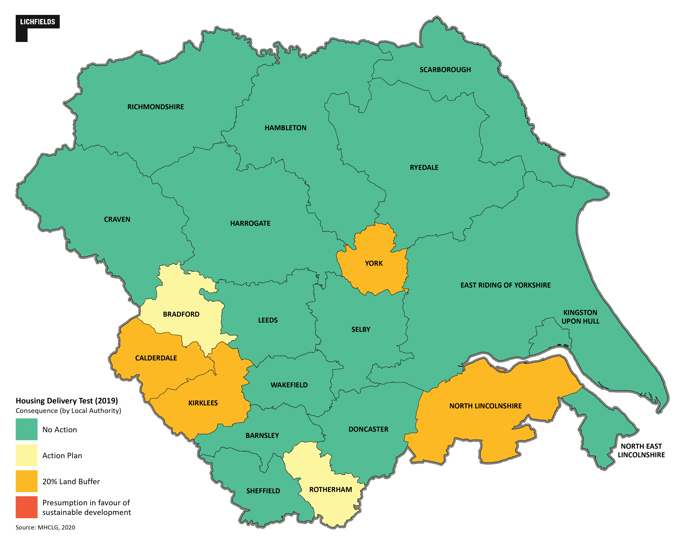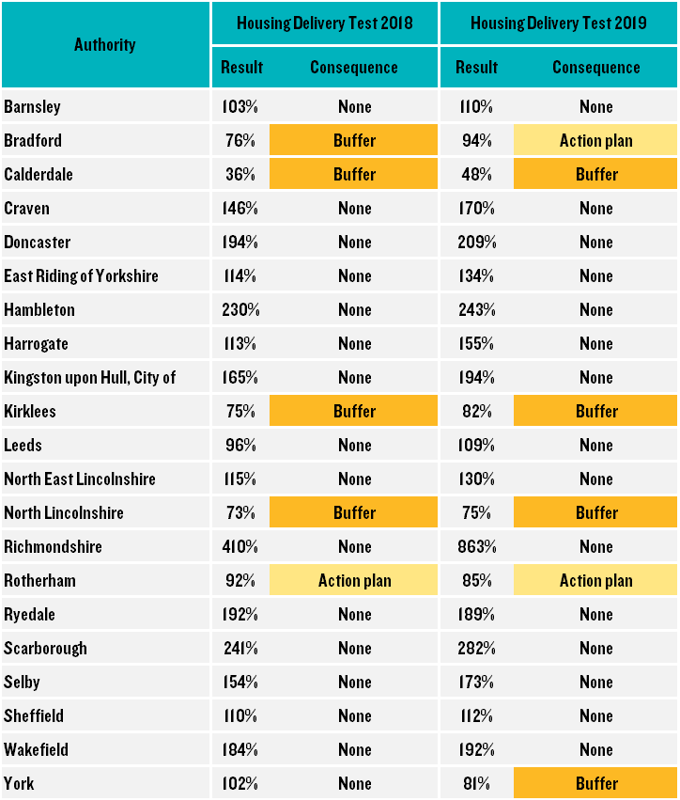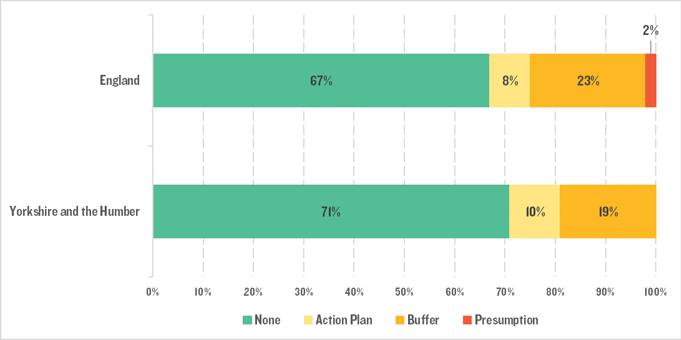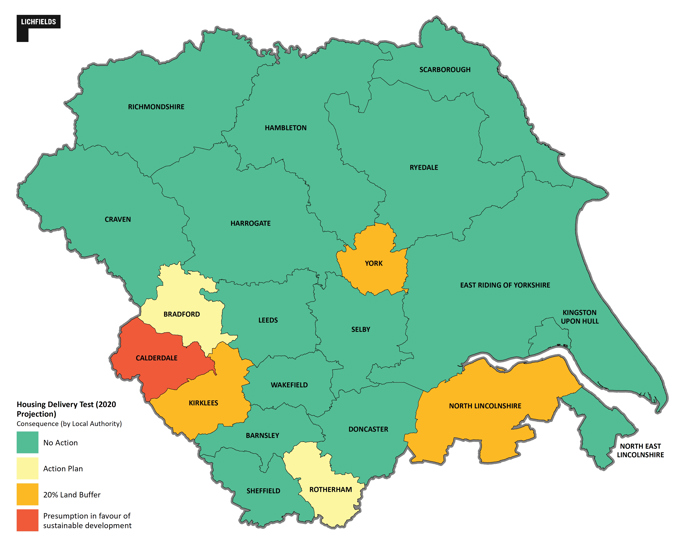Update 27 May 2021:
The final version of the First Homes policy was announced by the Government on 24 May 2021. Please see this blog for an up-to-date overview:
7,000 discount market homes a year: a practical guide to First HomesAnd this blog for an analysis of potential consequences of the policy:
First Homes: dicing with the discountUpdate 6 August 2020:
The Government has published its
response to the initial consultation on First Homes and is now
consulting on further details. It proposes that national policy (and potentially legislation, if considered necessary) will require at least a quarter of all new affordable housing units to be First Homes. Where a financial contribution is made instead of on-site provision, a quarter of the payment should be used to secure First Homes. The Government intends that First Homes will be prioritised over other affordable home-ownership products in the affordable housing tenure mix set out in development plans. First Homes would be exempt from the Community Infrastructure Levy.
A First Homes exception sites policy, which would replace the existing exception sites policy, is also proposed.
The Government has also announced that a 1,500 unit pilot of First Homes will be included in its affordable homes programme.
Accordingly, some elements of the overview of the proposed First Homes policy set out below are no longer up-to-date, so please refer instead to our guide
Affordable housing: First Homes enter the mix.
_____________________________________________
Off the back of a lacklustre take-up of Starter Homes (number delivered =
zero), the Government has launched a consultation on ‘First Homes’, a form of discounted market housing. The consultation closes on 3 April 2020.
First Homes are to be aimed primarily at first time buyers who are young and local (including local key workers living elsewhere), but there will be exceptions, including serving members of the Armed Forces and recent veterans. And where the development is comprised solely of housing aimed at a particular sector there may still be a requirement for First Homes. The new product will be enforced, and to some extent its conditions designed, by local authorities – the extent will depend on the combination of policy and law used to introduce it.
The consultation document puts forward a series of options for various conditions and controls relating to First Homes, albeit Government’s preferred approach has been made plain by the consultation document, its press release and press interviews with the Secretary of State.
The premise of First Homes is to diminish opposition to new housing developments, on the basis that local people will know that they might be able to afford to live in the development where perhaps historically they would not.
Below is a summary of what the consultation says on each of the questions set out below, with some commentary:
What would the discount off a new home be?
A minimum 30 per cent discount off market value with an acknowledgement that this may not be sufficient in certain areas, so local authorities will have the discretion to apply higher discounts. No maximum discount is proposed. The consultation says that applying higher discounts would be on a site by site basis. An evidence-based blanket approach to higher discounts across an area would presumably be possible through a local plan or supplementary guidance if First Homes are introduced via policy rather than law, but the document does not indicate this.
Does only the first owner benefit from the discount?
The full discount would be retained in perpetuity by placing restrictive covenants on the homes. However, if the owner defaulted on their mortgage the lender would receive the home without the covenant and the discount would be lost.
How will the planning system be changed in order to deliver First Homes?
Two options are put forward: 1. a new planning requirement in law or policy for the delivery of First Homes; or 2. changing the current national entry-level exception site policy to a First Homes exception policy.
New law or policy
Option 1 comprises two sub-options: a) prescribing that a given percentage of affordable homes secured through a s106 agreement should be First Homes; or b) prescribing that a percentage of all units delivered on housing sites of 10 units or more are to be First Homes.
The Government believes (perhaps cynically, but accurately) that Option 1a) might discourage some local authorities from using s106 obligations to deliver affordable housing, which would mean fewer First Homes being delivered. Option 1b) is considered to provide greater assurance of delivery but might impact viability and reduce the potential for other developer contributions on certain sites.
The Government estimates that if 40% of affordable homes secured by s106 agreements were First Homes, then 12,000 First Homes would be delivered (it appears to be a per annum figure). This would increase to 16,000 if 60% of affordable homes were First Homes and 19,000 if 80% of affordable homes were First Homes.
The Government acknowledges potential the trade-off between First Homes and other affordable housing tenures and that site viability means that affordable housing requirements are not always met. Accordingly, legislative changes to ensure the First Homes policy “cannot be sidestepped” are being considered, but because this would this would reduce local discretion the Government is asking whether policy changes would suffice.
Delivery through amending the exception sites policy
An alternative is to amend the
exception sites policy at para 71 of the National Planning Policy Framework (NPPF) as follows:
“a. specify that the affordable homes delivered should be First Homes for local, first-time buyers;
- allow a small proportion of market homes on a site where essential to ensure the development will be deliverable; and
- remove the threshold on site size set out in footnote 33 of the National Planning Policy Framework but retain that they should be proportionate in size to the existing settlement”.
The current exception site policy does not permit a proportion of market housing.
The Government estimates that this approach would lead to 4,000 First Homes per year being delivered. The Government is considering allowing other affordable housing tenures to be built under any new First Homes exception site policy where sufficient First Homes had been provided in an area to meet demand.
Amending the Community Infrastructure Levy Regulations
The CIL Regulations would be amended to provide a CIL exemption for First Homes. The CIL Regulations may also be amended to ensure that CIL charging rates “are not set at a level that would prevent current levels of affordable housing delivered through s106 obligations from being delivered in future”.
Can any new property be bought with the discount?
To avoid the purchase of “exceptionally expensive” property being subsidised, a cap on the market value of a property that could benefit from the First Home discount might be put in place. If set at a national level local authorities could still introduce a more targeted, lower price cap to reflect local circumstances. An alternative is to introduce regional caps, but the consultation raises concerns that this may not sufficiently reflect local markets, and caps set at a sub-regional level are considered potentially inflexible.
Who will be eligible for a First Home? And how will demand be managed?
Young, local, first time buyers predominantly and also serving members and “recent” veterans (to be defined) of the Armed Forces. The definition of local will be determined locally, with reference to current residency or work location. The consultation acknowledges that older people’s housing would not be suitable for first time buyers and suggests that this is an example of a circumstance where non first time buyers might be eligible – it does not suggest that First Homes would not be required in such a development. The Government may set an income cap on eligibility, and where demand still exceeds supply local authorities might review an applicant’s income and assets in more detail, in a bid to seek out those most “in need”. However, unlike Starter Homes, there is no suggestion that First Homes would have to be bought with a mortgage or with a minimum loan-to-value on a mortgage.
Related to this, the Government says “it will be important to ensure that decisions about who is prioritised are made in a fair and transparent way, which avoids price inflation and counter-offers”. It suggests selecting those to benefit from the scheme on a first-come, first-served basis, or use of local eligibility criteria perhaps reflecting income and assets. Unsurprisingly then, the consultation encourages ideas on how to prioritise demand.
What if there is no local demand?
Prioritisation of those with local connections and first time buyers (and presumably others who are eligible for First Homes) will be time-limited.
Will local authorities be provided with additional resources to support the scheme?
The Government is minded “to leave the details of the administration to local authorities” and asks how local authorities can be supported and whether additional costs are likely. There would be a model First Homes agreement, which would reduce the need for lenders to understand local models. It is difficult to imagine that the Government really considers it likely that there would be negligible costs for local authorities, at least during set up of the controls.
Can First Homes be offered for rent?
On the face of it, no. However, the Government proposes that owners of First Homes may let their property for up to two years without seeking the local authority’s permission and for longer periods at local authority discretion. The example given for when longer term letting might be authorised is where the owner is in long term residential care. The consultation asks what is an acceptable period of time (including never) to rent out a home without local authority permission. It is proposed that serving members of the Armed Forces would be able to let their property out while on an assignment more than 50 miles away. It is not clear how letting periods would be monitored or enforced both from a cost perspective and given that it may require the eviction of a tenant.
Are First Homes eligible for Help to Buy?
No.
Why is the Government introducing this measure?
“We think this will get more homes built across the country. The big housebuilders support it because they, like us, think that this will build popular support. You see a housing estate going up near you, you will know that this is an opportunity for you, your children or your grandchildren to get on the housing ladder with a discount that on the average home will be £100,000”.
Does the Government comment on the potential impact on other affordable housing tenures?
The Equality Impacts section of the consultation acknowledges that delivery of First Homes via s106 agreements could impact the numbers of homes delivered for other affordable housing tenures. In response, the Government claims the prospect of additionality:
“However, increasing contributions through entry-level exception sites will lead to the development of additional First Homes as this land would not otherwise have been used to build housing in the short or medium term. This will increase the development of First Homes while mitigating the impact on provision of other types of affordable housing tenures”.
The exception site approach might not directly squeeze out other tenures (it would remove the current exception site policy for all forms of affordable housing), but is not plan-led.
MHCLG, First Homes: Consultation on the delivery and design of First Homes









